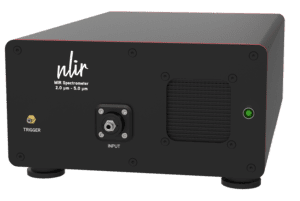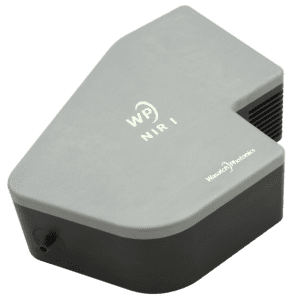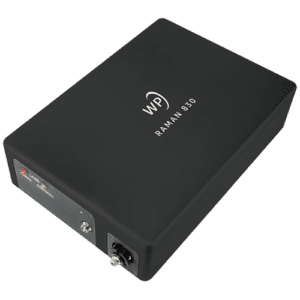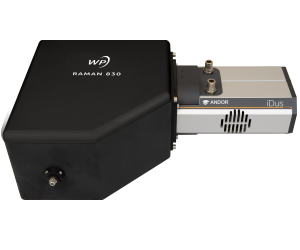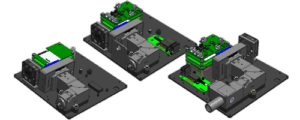MIR spectrometers
Designed for fast, accessible, fast MIR measurements. The innovative, patented spectrometers from NLIR have a modular philosophy and make MIR spectroscopy simple.
NIR spectrometers
Need fast, sensitive NIR measurements? Wasatch Photonics line of high throughput modular NIRspectrometers deliver the best price to performance on the market. Sensitivity, speed and LOD are key.
X series Raman spectrometers
Need fast, sensitive Raman? Wasatch Photonics line of high throughput modular Raman spectrometers deliver the best price to performance on the market, from the visible through NIR.
XL series Raman spectrometers
Need fast, sensitive Raman? Wasatch Photonics line of high throughput modular Raman spectrometers deliver the best price to performance on the market, from the visible through NIR.
OEM Raman spectrometers
Need fast, sensitive Raman? Wasatch Photonics line of high throughput modular Raman spectrometers deliver the best price to performance on the market, from the visible through NIR.

